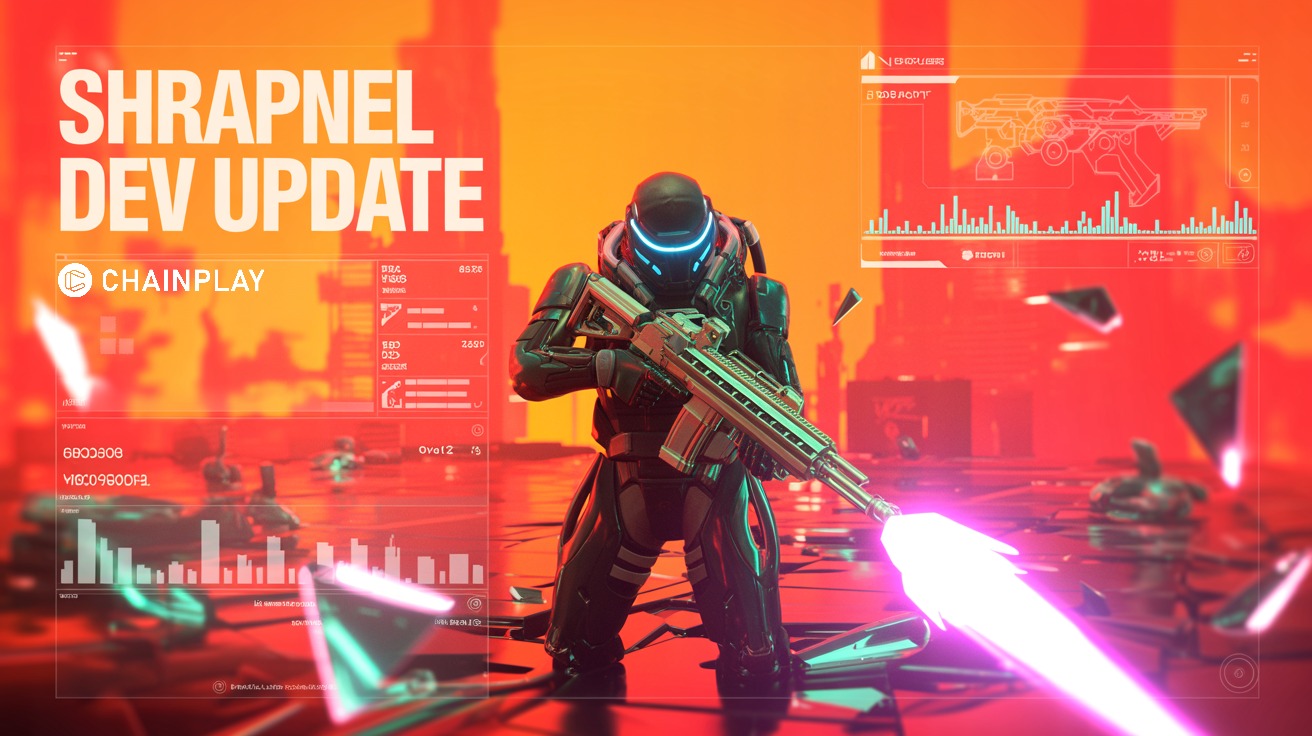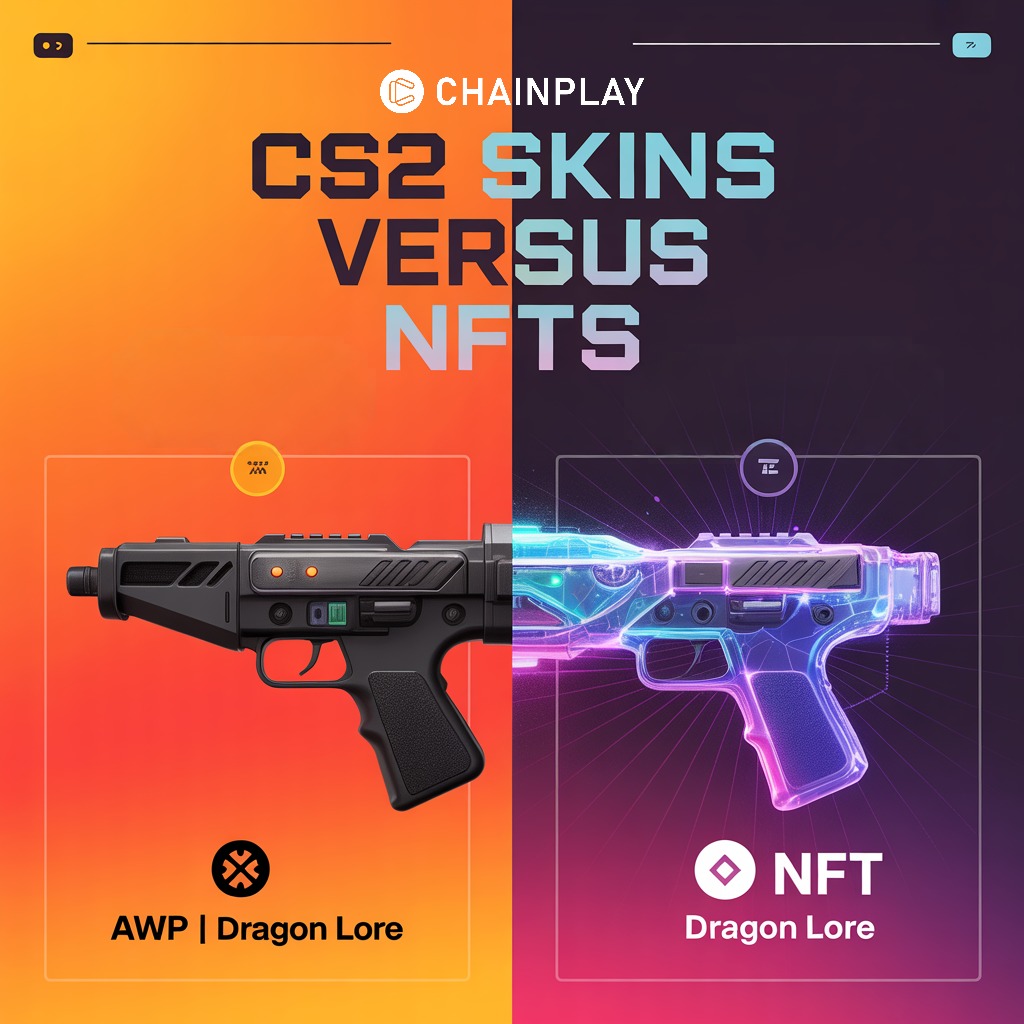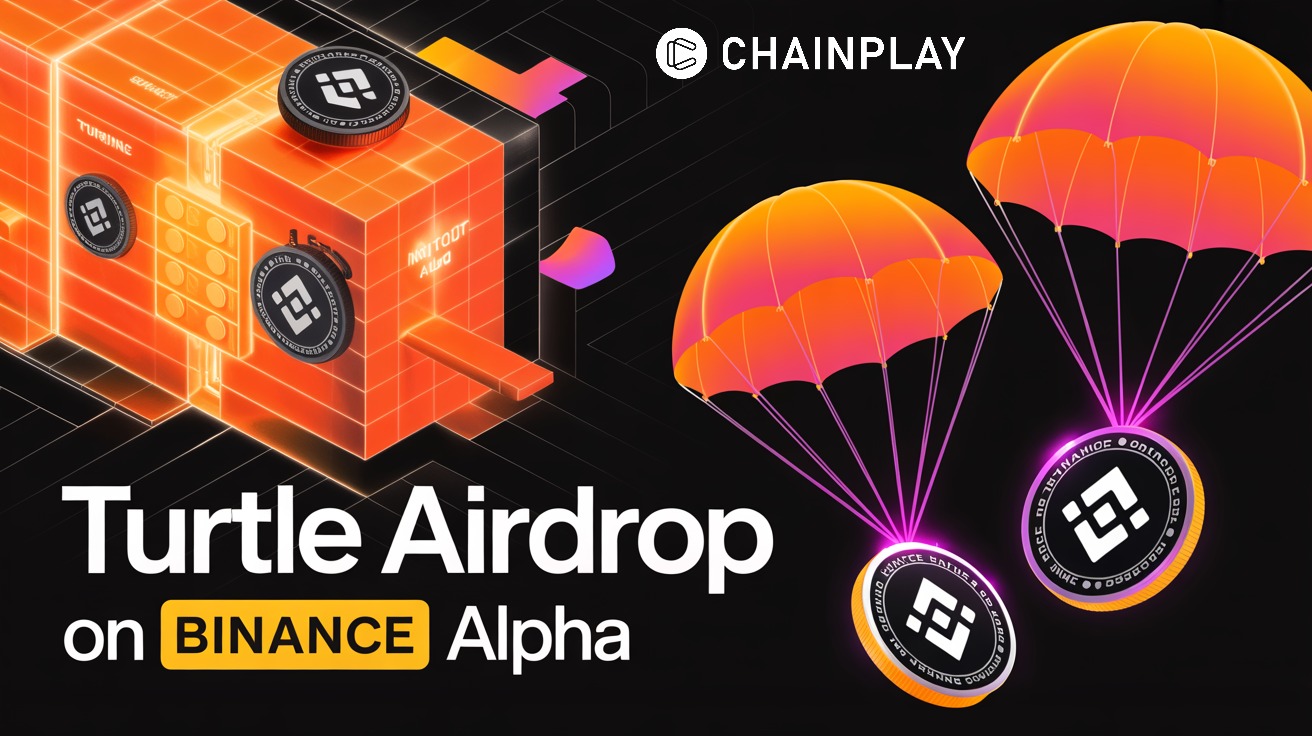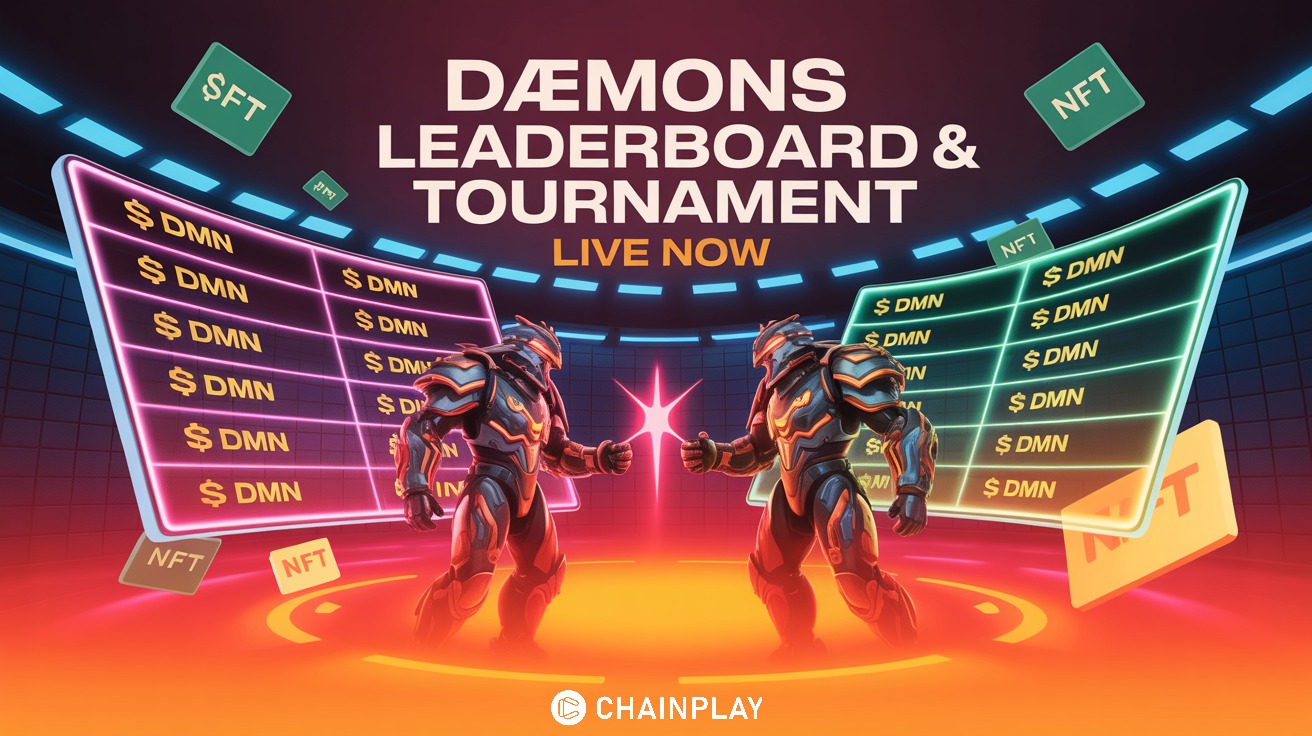News
How Significant is the Difference Between Crypto Wallets?
ChainPlay
•
4 months ago
Share :

Imagine someone standing in a store, trying to choose the perfect wallet. They pick one up, feel the material, and check the stitching. Maybe they’re after genuine leather. Then they flip it open—how many card slots does it have? Is there a spot for coins? A window for a photo? Maybe they want a zippered pouch so loose change doesn’t spill everywhere. This wallet will hold money and personal items, so the choice matters. People take their time with it.
Here’s the irony: some of those people will set up a crypto wallet in seconds, with barely a second thought. No deep dive into features, no research into security protocols, nothing. Still, crypto wallets aren’t all the same, and the stakes are arguably much higher. You’re not just dealing with pocket change here. You’re securing digital assets, sometimes worth hundreds or even thousands of dollars, with tools that vary wildly in their approach to safety, convenience, backup options, accessibility, and more.
So that brings us to the big question: how significant are the differences between crypto wallets? The short answer is—very. And if you wouldn’t shove your cash and cards into a sock and call it a wallet, you probably shouldn’t treat crypto storage that way either. Let’s break down why.
Types of crypto wallets
There’s this assumption that all crypto wallets do the same thing, just with different logos or app colors. That’s like thinking a backpack and a locked safe are interchangeable because they carry stuff. Hot wallets are connected to the internet, quick, easy, and exposed. Cold wallets, on the other hand, stay offline. They’re safer but less convenient if you need to make regular trades or transfers.
There’s a major difference between software wallets and hardware ones. A software wallet might live on your phone or desktop, just a tap away. A hardware wallet is a physical device you must plug in and confirm transactions on directly. It adds friction, yes—but that’s kind of the point. That friction makes it harder for someone else to get in without your consent.
Some of the best crypto wallets are non-custodial, which means only you control your private keys. That’s powerful, but also puts the full weight of responsibility on your shoulders. Custodial wallets, on the other hand, might seem easier for beginners, but they come with tradeoffs, like trusting someone else not to lose or expose your keys.
You’ll also find wallets tailored to where you use them most. Some are mobile-first, built for on-the-go transactions. Others are desktop-only, designed for larger trades or long-term holding. And yes, a few come as browser extensions, too. These types aren’t just aesthetic differences—they completely change how you interact with your crypto.
Security features can vary wildly
Some wallets treat security like a checklist; others treat it like a mission. Two-factor authentication is a basic must these days, but some wallets go further, offering fingerprint login, face ID, or physical confirmation from a separate device. That extra layer might slow you down by a few seconds, but it also stops someone else from draining your funds while you blink.
Not every wallet handles your backup and recovery in the same way. Some offer seed phrases you jot down and hide like treasure maps. Others store encrypted backups on the cloud, which sounds convenient until you realize that anything on the cloud can eventually be breached. The method matters, especially when discussing assets that don’t come with a reset button.
Another thing to consider is whether the wallet is open-source. When the code is public, it’s been poked and prodded by hundreds, sometimes thousands, of developers looking for flaws. Proprietary wallets, while polished, ask you to trust that they’re doing everything right behind the scenes. For some, that’s fine. Others prefer to verify.
Then there’s the human element. Phishing attacks often target wallet users, not the wallets themselves. Some apps include anti-phishing messages or address book tagging to reduce that risk. Others? They just assume you’ll know better. Spoiler: many don’t.
User experience isn’t one-size-fits-all
Not everyone wants a crypto wallet that looks like it was built for programmers in 2010. For newcomers, a clunky interface can feel like reading assembly instructions in a foreign language. Some wallets streamline everything—bold buttons, clean menus, and even in-app explanations. Others drop you into the deep end, expecting you to swim or sink.
Think about accessibility. A wallet that supports multiple languages and includes voice commands or text-to-speech options can make a huge difference for users who don’t speak English or have visual impairments. It’s not just about looking sleek—it’s about being usable for as many people as possible.
You’ll probably find yourself hunting for feedback before committing. You scroll through quick user reviews for red flags, but also dig a little deeper through long-form content to really understand how it performs day to day. How often does it crash? Does it freeze during busy network times? Does it play nicely with other apps? These questions matter.
Convenience is a bit of a trap. Quick access to everything is great until it becomes an open door for mistakes. Accidentally sending funds to the wrong network, approving a dodgy contract, or storing an address without double-checking it—these things happen. A good user experience walks that line between easy and safe.
Privacy differences are a big deal
Not every wallet respects your privacy in the same way. Some ask for your email, phone number, even a selfie, just to get started. Others let you download, generate keys, and transact without ever attaching a name. If anonymity is important to you, this isn’t a minor difference—it’s everything.
There’s the question of metadata. Even if your transactions are technically secure, your wallet might still log your IP address, device ID, or activity pattern. That kind of data can be tracked, sold, or leaked. Some wallets actively minimize this risk; others quietly collect the info in the background.
A few wallets go out of their way to integrate privacy tools. They support TOR routing, VPN usage (currently 31% of all internet users), or even CoinJoin-like features to obfuscate your transaction history. These extras aren’t for everyone, but they're incredibly useful if you care about staying off the radar. It’s like adding blinds to your digital windows.
However, the default settings often don’t favor privacy. Most wallets aim for ease of use, which usually means less friction and fewer privacy layers. So, if you want something more discreet, you’ll have to seek it out. And when you do, make sure the wallet doesn’t just talk about privacy—it actually delivers it.
Conclusion
Choosing a crypto wallet isn’t a minor decision - it shapes how safely and easily you manage your digital assets. The differences between wallets are real, and they affect everything from security to usability and privacy. Some people pick their wallet in seconds; others take the time to research. That time is well spent.
Share this article
#Other
Latest News

Shrapnel Unveils Combat Fixes, Economy Tweaks, and
8 hours ago

Are CS2 Skins NFTs? Understanding the Differences and
8 hours ago

Turtle (TURLE) To Launch on Binance Alpha on October
10 hours ago

Dæmons Opens Final Leaderboard and PvP Tournament Before
10 hours ago

Binance Announces Alpha Launch and Airdrop for Bluwhale
12 hours ago
Related articles

Turtle (TURLE), the liquidity distribution protocol, will launch on Binance Alpha on October 22nd with an exclusive airdrop. TURTLE tokens will be distributed to eligible participants holding a minimum number of Binance Alpha Points.
ChainPlay
•
10 hours ago

Are CS2 skins NFTs? The answer is no. Learn the key differences in ownership, rarity, and market value to understand why they are separate digital assets.
ChainPlay
•
8 hours ago

Shrapnel shares major updates in its new dev blog, including weapon tweaks, new Operator Doug, economy changes, and its move to GalaChain.
ChainPlay
•
8 hours ago



